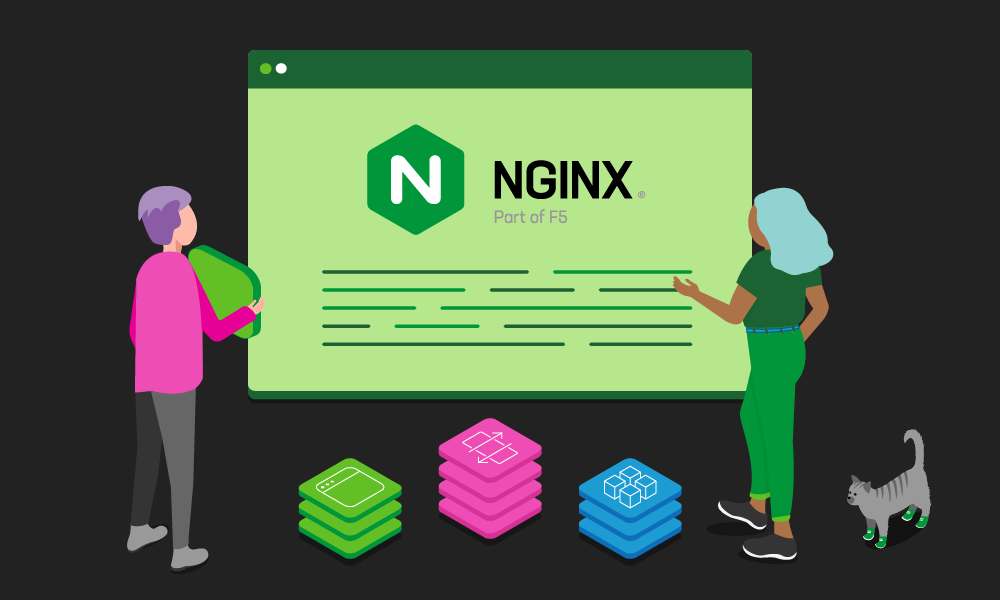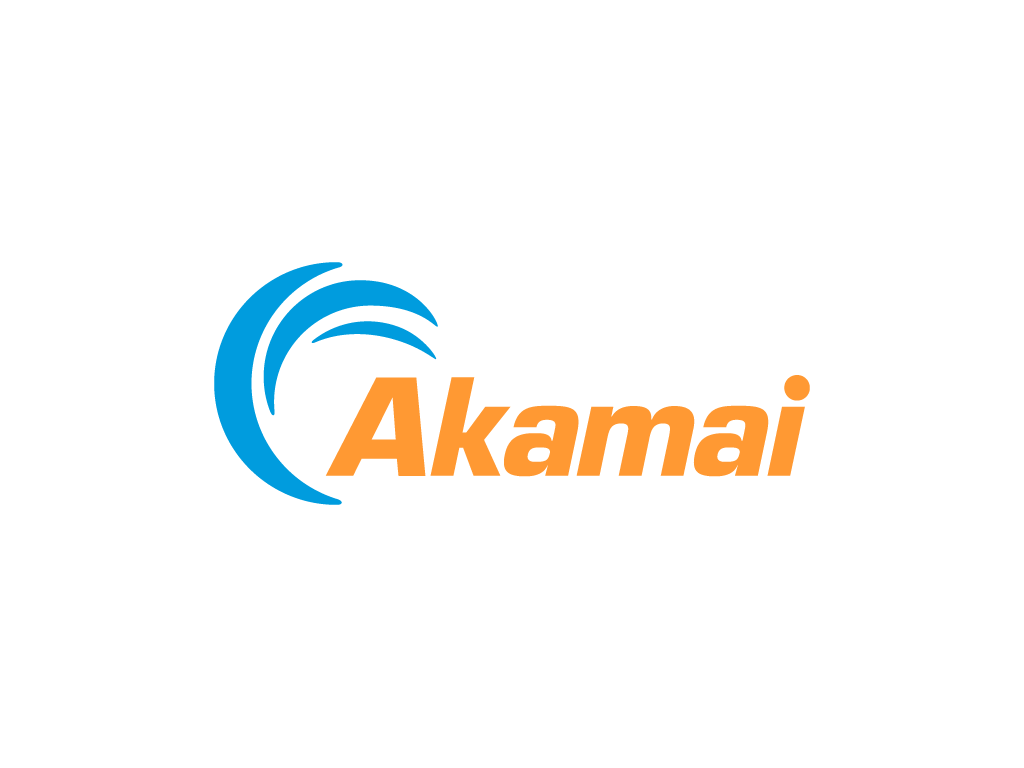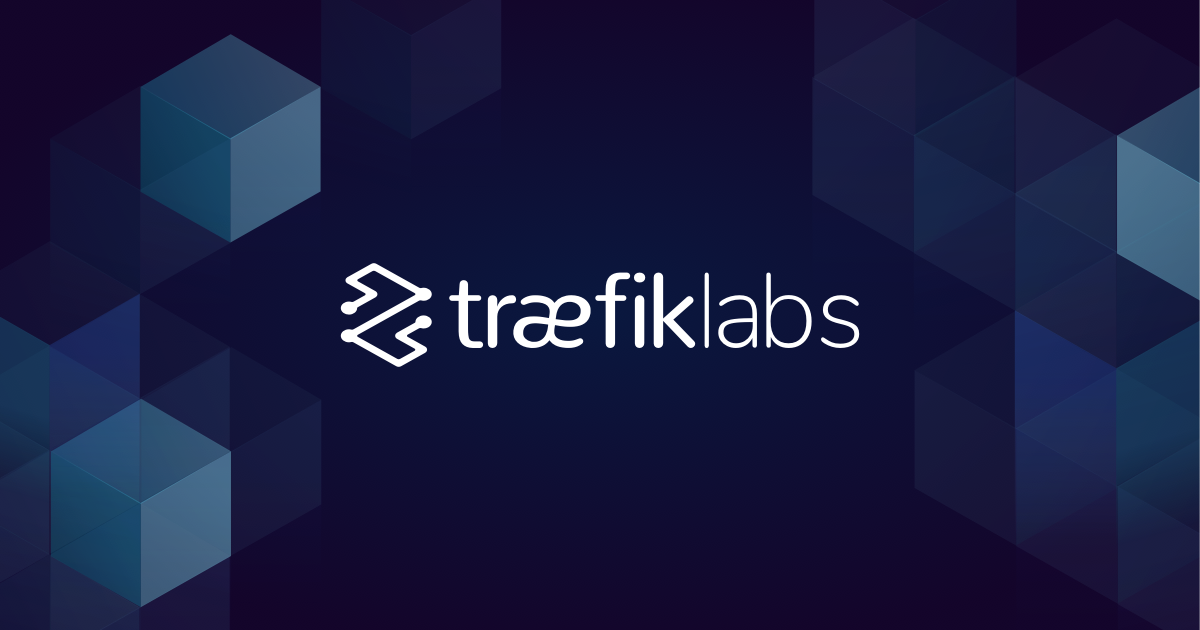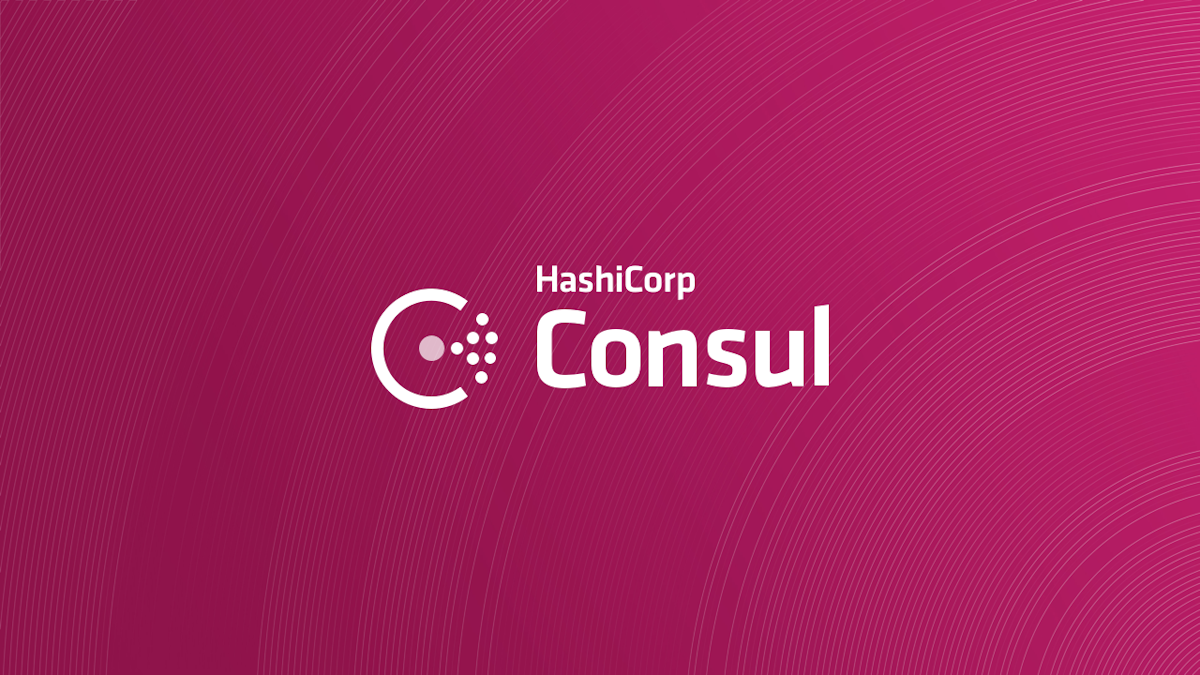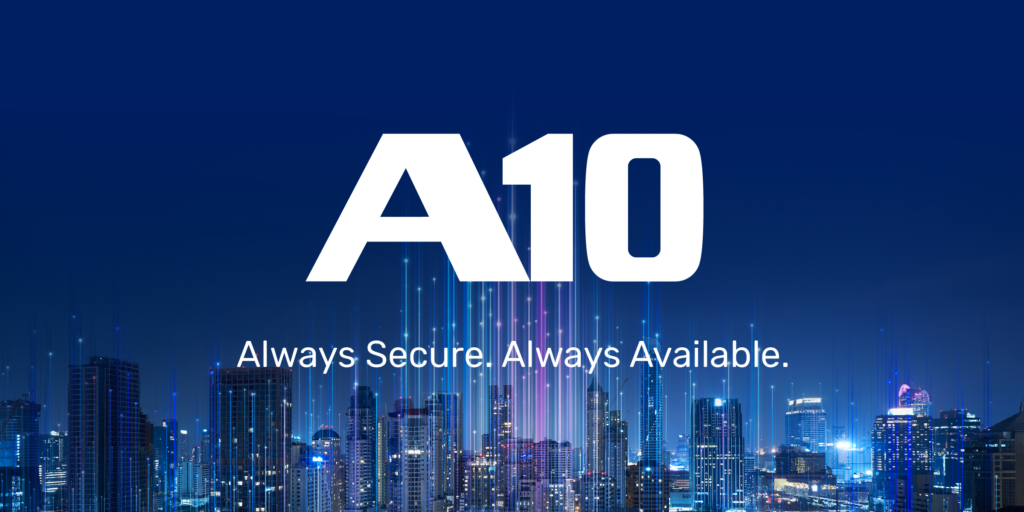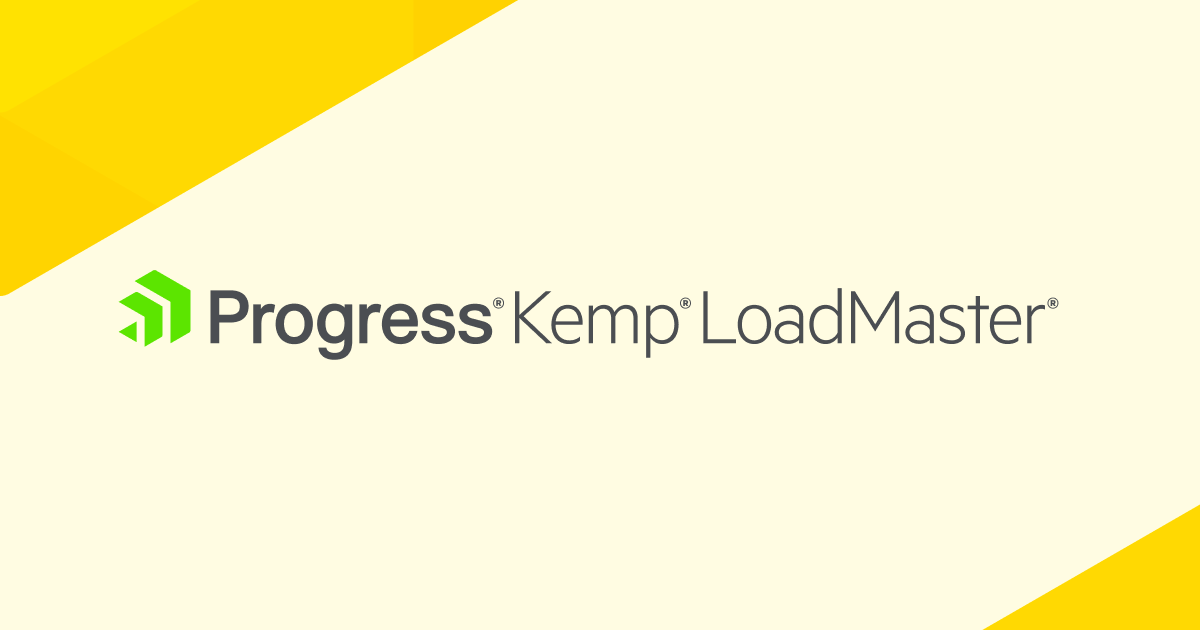Introduction
As more companies adopt cloud-native architectures and microservices, the demand for scalable and reliable load balancing solutions is increasing. Load balancers play a crucial role in ensuring optimal application performance by efficiently distributing traffic across backend servers. They also provide essential capabilities like advanced traffic management, security and observability. With so many quality options available today, it can be challenging to identify the best load balancer for your specific needs. In this blog, we evaluate 15 of the top load balancing platforms based on key criteria like global distribution, feature set, support and pricing to help you make an informed selection.
Methods of Evaluation
We evaluated each load balancing solution based on the following conventional factors: performance and scalability, feature set, pricing and support. Additionally, we also considered modern metrics like number of backlinks, organic traffic and keyword search trends to gauge overall market position and mindshare. Platforms that offered global load balancing capabilities, integration with containers and microservices, robust security and traffic management features scored higher in our analysis. We also prioritized open-source and software-defined options given their flexibility and cost advantages compared to proprietary hardware appliances.
1. Cloudflare Load Balancing
Cloudflare Load Balancing is a load balancing solution offered by Cloudflare that leverages their global network of data centers. With over 200 cities worldwide, Cloudflare Load Balancing can distribute incoming web and application traffic across multiple origin servers for improved availability, performance, and security.
Pros: Some key advantages of Cloudflare Load Balancing include:
– Global load balancing capabilities that leverage Cloudflare’s global network
– Integrated WAF and DDoS protection to safeguard origins
– Provides analytics and insights into traffic and performance
– Budget friendly option especially for small businesses with limited resources
Cons: One potential disadvantage is that businesses are reliant on Cloudflare’s global network uptime and performance for traffic routing.
Pricing: Cloudflare offers three plans for load balancing – Free, Pro, and Business. Pricing starts from free for lower traffic volumes up to $200 per month for larger businesses with advanced features.
Some key stats about Cloudflare Load Balancing include:
– Works across Cloudflare’s global network of over 200 cities worldwide
– Provides Always Online SSL/TLS encryption for origins
– Integrates Cloudflare’s Web Application Firewall (WAF) and DDoS protection capabilities
2. Nginx
Nginx is an open-source reverse proxy, load balancer, and web server. It has become one of the most popular reverse proxies due to its lightweight design and high performance. Nginx is able to handle thousands of concurrent connections with very little memory usage compared to other solutions.
Pros: Some key advantages of Nginx include:
– Open source and free to use.
– Very high performance and scalability even on low-resource servers.
– Actively maintained with regular updates and security patches.
– Built-in load balancing, caching, and web server capabilities.
– Wide range of features through third-party modules.
Cons: One potential disadvantage is that Nginx configuration can sometimes be more complex than other solutions due to its lightweight nature and multitude of options.
Pricing: Nginx is open source and free to use. Paid support plans are available starting from $599 per year for the Nginx Plus subscription.
Some key stats about Nginx include:
– Can handle over 10,000 concurrent connections on average hardware.
– Has a small memory footprint starting from around 700 KB of RAM usage.
– Commonly used on high traffic sites such as Netflix.
3. DenyHosts
DenyHosts is an open source software tool that helps prevent brute force attacks and attempted intrusions by remote hackers. It works as a host-based firewall for Linux systems to block brute force login attempts and automatically blacklists hosts launching the attacks.
Pros: Some key advantages of DenyHosts include:
– Simple and easy to deploy host-based firewall for Linux
– Effectively blocks brute force login attempts from getting in
– Configuration is simple with defaults that work well out of the box
– Runs quietly in the background with minimal resources
Cons: One potential disadvantage is that it only supports Linux systems and would not work for load balancing on Windows servers.
Pricing: DenyHosts is open source software available for free under the GPL license. There is no ongoing subscription or additional costs to use it beyond basic system requirements.
Some key stats about DenyHosts include:
– Over 1 million downloads on PyPI
– Supports many Linux distributions out of the box
– Monitors log files like syslog, auth.log, and secure
– Very lightweight with minimal system impact
Full featured documentation deployment platformreadthedocs.io
4. akamai edge cloud
Akamai edge cloud is a pioneer in content delivery network (CDN) and edge computing services. Founded in 1998, Akamai operates one of the largest global edge networks with over 300,000 servers across 149 countries. The Akamai edge cloud platform sits at the edge of the internet closest to end users to deliver fast and secure experiences.
Pros: Key advantages of Akamai edge cloud include:
– Leading global CDN and edge network provider with massive scale and coverage
– Dedicated account managers and 24/7 enterprise-level support
– Integrated cloud security, performance optimization and app delivery solutions
– Edge computing platform sits closer to end users than origin servers for fast load times
Cons: One potential disadvantage is that Akamai pricing can be higher compared to some other CDN providers due to its large global network and premium enterprise support.
Pricing: Akamai edge cloud pricing varies depending on the specific services and solutions needed. Customers can contact an Akamai sales representative for a customized quote. Generally pricing is based on usage metrics like data transfer volume and edge computing requests.
Some key stats about Akamai edge cloud include:
– Serves over 30% of the world’s web traffic daily
– Handles anywhere from 15-30% of internet traffic on a given day
– Over 4,500 customers including many of the largest companies and brands
– Processes over 1.25 trillion edge computing requests per day
5. Fortinet FortiGate
FortiGate by Fortinet is an all-in-one next generation firewall that also offers integrated application delivery and load balancing capabilities. FortiGate provides next-generation firewall services, full proxy, load balancing and web application firewall in a single integrated platform.
Pros: Some key advantages of FortiGate include: 1) Being an all-in-one solution with integrated load balancing, security and application delivery capabilities. 2) Offering centralized management of security policies, configurations and load balancing rules via the FortiGate management platform. 3) Providing next-generation firewall capabilities along with load balancing in a single appliance.
Cons: A potential disadvantage is that as an all-in-one solution, FortiGate may be more expensive compared to best-of-breed networking devices purely focused on load balancing or security.
Pricing: FortiGate appliance pricing varies based on performance needs and throughput requirements. Entry-level appliances supporting upto 250Mbps throughput start around $5000. Mid-range and high-end appliances supporting throughput of multiple Gbps can range from $10,000 to $50,000 based on specifications.
Some key stats and capabilities of FortiGate include supporting up to 10Gbps of throughput, integrated load balancing and application delivery capabilities, centralized management of security policies and load balancing configuration via the FortiManager platform.
6. Rackspace Load Balancers
Rackspace Load Balancers is a fully managed load balancing service provided by Rackspace Technology. As a cloud computing services pioneer with over 20 years of experience, Rackspace provides proven multicloud solutions across applications, data, and security to help maximize the benefits of modern cloud computing.
Pros: Some key advantages of Rackspace Load Balancers include:
– Fully managed load balancing across multiple clouds including AWS, Azure, Google Cloud, and more for simplified multicloud strategies
– HTTP, HTTPS, and TCP load balancing options for application and network load balancing
– Autoscaling ensures optimal performance by adjusting capacity up or down based on defined thresholds
– Low latency and high performance to optimize application performance and end-user experience
– 24/7 expert support from Rackspace for any issues or configuration changes
Cons: One potential disadvantage is that as a fully managed service, customers have less configuration control compared to self-managed load balancing solutions. Advanced customizations may require working with Rackspace support.
Pricing: Rackspace Load Balancers pricing is based on the number of load balancer nodes provisioned. Standard nodes start at $0.024 per hour or $190 per month. High CPU nodes optimized for CPU-intensive workloads start at $0.048 per hour or $380 per month. There are no data transfer charges or long-term commitments.
Rackspace Load Balancers offers HTTP, HTTPS and TCP load balancing across multiple public clouds including AWS, Azure, Google Cloud, and more. It features autoscaling, high performance, and low latency. Rackspace’s solution is backed by 24/7 expert support.
7. F5 Big-IP
F5 BIG-IP is a market-leading load balancing solution from F5 Networks. As an industry-standard, it is widely used by enterprises and organizations to distribute application traffic across infrastructure for high performance and availability. Some key capabilities include load balancing, traffic management, and web application firewall capabilities to ensure applications are highly secure and optimized for any environment.
Pros: Key advantages of F5 BIG-IP include:
– Industry-leading load balancing capabilities to intelligently distribute traffic
– Robust traffic management and security features such as web application firewall
– Widely deployed by enterprises ensuring great support and expertise
– Can scale to support the largest of infrastructures and traffic volumes
Cons: A potential disadvantage is the cost of F5 BIG-IP solutions which can be higher than some open source or alternative commercial options. Licensing is also complicated based on throughput and other requirements.
Pricing: Pricing for F5 BIG-IP solutions varies based on throughput, modules, and licensing requirements. Generally entry-level solutions start around $5,000-$10,000 with enterprise solutions ranging from $50,000 and above depending on needs.
Some key stats about F5 BIG-IP include:
– Deployed in over 90% of Fortune 100 companies
– Supports over 130 concurrent online services
– Manages over 800 billion web transactions daily
– 9 of the top 10 banks use F5 BIG-IP for traffic management
8. Barracuda Load Balancer
Barracuda Load Balancer is a full-featured load balancing appliance and cloud solution from Barracuda Networks. It provides highly robust and scalable traffic management for web and application workloads. Some key capabilities include SSL inspection and termination, WAF, compression and caching for improved performance.
Pros: Some key advantages of Barracuda Load Balancer include: 1) Load balancing appliance and cloud solution for high availability and scalability. 2) Integrated WAF, compression and caching capabilities improve performance and security. 3) SSL inspection and termination offloads processing and improves efficiency. 4) Robust set of features for application delivery, security and performance optimization.
Cons: A potential disadvantage is that the pricing can be higher compared to some open source or basic commercial load balancing solutions for small/medium deployments. However, for large enterprises the total cost of ownership is very competitive due to the robust feature set and reliability.
Pricing: Pricing for Barracuda Load Balancer starts at $2,500 per year for the virtual edition. Physical appliances range from $6,000 to $40,000 depending on the throughput level. There are also dedicated hardware appliances as well as cloud-hosted options available on a monthly subscription basis.
Some key stats about Barracuda Load Balancer include: it can handle up to 50Gbps of throughput; support for over 10,000 SSL servers; real-time reports and analytics for visibility into traffic and system health; over 15 years of expertise in load balancing and traffic management solutions.
9. Traefik
Traefik is an open source edge router that makes publishing your APIs and applications secure, easy and automated. Some key capabilities of Traefik include load balancing, SSL/TLS encryption, rate limiting and more. Traefik routes HTTP and TCP requests based on criteria like hostnames, paths or headers to forward them to the relevant backends.
Pros: Some key advantages of Traefik include:
– Open source and free to use with no vendor lock-in.
– Very easy to deploy and manage with support for auto-configuration and dynamic reloads.
– Built-in support for industry standard technologies like Docker and Kubernetes making it seamless to deploy in containerized and orchestrated environments.
Cons: One potential disadvantage is that as an open source project, it lacks commercial support options from the vendors. However, there are many community resources available for help and the documentation is quite comprehensive.
Pricing: Traefik is open source and free to use. There are no restrictions or licensing costs. However, advanced features like activity reporting and commercial support are available via paid subscription plans starting at $99 per month.
Some key stats about Traefik include:
– Used by thousands of companies including Anthropic, Wayfair and FreeAgent.
– Supports dynamic configuration and service discovery for Docker and Kubernetes Environments.
– Handles over 100 million requests per day.
10. Istio
Istio is an open source platform built by Google, IBM, and Lyft for connecting, monitoring and securing containers like microservices across hosts and data centers. Istio was created to be a universal solution that can be used on any cloud platform including Kubernetes, VMs, bare metal, and others. With Istio, teams can secure, connect and monitor containers without rewriting a single line of code or requiring changes to the application.
Pros: The main advantages of Istio include: Open source service mesh platform for observability, authentication, traffic management and more; Automatic load balancing, traffic management, and circuit breaking; Fine-grained traffic control with rules for managing exposure, latency and error budgets; Centralized authentication with built in identity and access management (IAM) features; Platform agnostic – can work across different infrastructures like Kubernetes, VMs and bare metal.
Cons: The main disadvantage of Istio is that it requires additional infrastructure compared to traditional load balancers. Istio uses sidecar proxies that need to be deployed and configured alongside application containers which increases resource usage and complexity. It also has a steeper learning curve compared to traditional load balancers.
Pricing: Istio is completely open source and free to use. There is no paid version or support options from Istio directly. Companies like IBM offer paid support and consulting for deploying and managing Istio in production.
Some key stats and advantages of Istio include: Open source and free to use; Used by enterprises like IBM, Progressive, MoneyGram, and ZEFR; Over 1.5 million downloads per month; Supports service discovery and load balancing across infrastructure types; Can be used to connect services running outside of Kubernetes.
11. Consul
Consul is an open source tool for service discovery and configuration developed by HashiCorp. Consul allows applications to register themselves and discover services which enables clients to identify the hosts providing specific services. It supports service health checking and maintains service-to-host mapping that helps enable load balancing and traffic management in distributed systems.
Pros: Some key advantages of Consul include:
– Built-in service mesh functionality with integrated load balancing capabilities
– Automates service registration and discovery so services can find each other within complex architectures
– Provides a central point of control and visibility over the entire datacenter infrastructure through its GUI and APIs
Cons: One potential disadvantage is that the Consul Enterprise offering requires paid subscriptions for additional features and support compared to the open source version.
Pricing: Consul has both free and paid tiers. The open source version is free to use. Paid Consul Enterprise subscriptions start at $2,500/year for 25 nodes.
Some key stats about Consul include:
– Used by over 10,000 companies including Cisco, BBC, and Ticketmaster
– Can manage tens of thousands of services
– Scales horizontally on commodity hardware or cloud providers like AWS, GCP and Azure
12. A10 Thunder
A10 Networks, also known as A10 Thunder, offers a comprehensive portfolio of application delivery and security solutions. Founded in 2004 and based in San Jose, California, A10 Networks provides solutions for on-premises, colocation, and public or private cloud deployments. Some key advantages of the A10 Thunder platform include industry-leading performance, scalability, and security for modern IT infrastructures and applications.
Pros: Some key advantages of the A10 Thunder platform include: Leading ADC vendor with a full ADC platform. L4-L7 load balancing, global server load balancing. Distributed denial of service protection. Flexible deployment options including on-premises, colocation, public/private clouds. Comprehensive set of web application firewall, SSL inspection, and bot management capabilities.
Cons: One potential disadvantage is that the A10 Thunder platform is geared more towards larger enterprises compared to some competitors which offer more affordable solutions for small-and-medium businesses.
Pricing: Pricing for A10 Thunder solutions varies based on required throughput, number of servers, features, and licensing/support options. Contact A10 Networks sales for a customized quote.
Some key stats about the A10 Thunder platform include: Support for over 4 million concurrent connections and throughput of up to 160Gbps. Supports 10s of thousands of virtual servers and real servers. Global server load balancing across 150 points of presence worldwide. Integrated bot management and DDoS protection capabilities.
13. KEMP LoadMaster
KEMP LoadMaster is a high-performance load balancing solution from KEMP Technologies. LoadMaster provides intelligent load balancing, SSL offloading and application delivery capabilities to ensure critical applications and services are always available. It utilizes layer 7 intelligence to distribute traffic based on real-time conditions and provides advanced health checking to detect issues and redirect traffic away from failing servers.
Pros: Some key advantages of KEMP LoadMaster include:
– Full-featured layer 4-7 load balancer with WAF, caching, compression and more
– High performance and scalability to support demanding workloads
– Advanced application delivery and optimization capabilities ensure great user experiences
– Comprehensive health checking and failover prevent outages
Cons: One potential disadvantage is that appliance-based models require hardware purchases, though virtual editions provide software-only options.
Pricing: KEMP LoadMaster is available in both appliance-based and virtual machine formats. Pricing starts around $5,000 for a small virtual device up to $50,000+ for high-end hardware appliances.
Some key stats and capabilities of KEMP LoadMaster include:
– Supports up to 80Gbps of throughput on high-end appliances
– Supports 10,000 new SSL connections per second
– Monitors application and server health over 25 check types
– Offloads SSL processing to ensure optimal performance
– Provides full L4-L7 load balancing and web application firewall capabilities
14. Linkerd
Linkerd is an open source service mesh for linking, securing, observing and managing microservices. It provides critical capabilities like load balancing, failure recovery, distributed tracing and more without requiring code changes or redeployments.
Pros: Some key advantages of using Linkerd include:
– Open source and free to use
– Provides automatic load balancing and failure recovery for microservices
– Adds critical observability capabilities with distributed tracing and request metrics
– Traffic management features allow saferollouts, rate limiting and timeouts
– Uses TLS by default for secure communication between workloads
Cons: As an open source project, Linkerd does not provide commercial support directly. Advanced features requiring support would need an enterprise subscription from the company Linkerd.
Pricing: Linkerd has an open source Community Edition that is free to use. For production workloads requiring enterprise-level support, Linkerd also offers a commercial product with paid subscriptions starting at $1500/month.
Some key stats about Linkerd include:
– Graduated project of the Cloud Native Computing Foundation (CNCF)
– Written entirely in Rust for performance and security
– Actively maintained by the company Linkerd with a large open source community
– Used in production by companies like Cisco, Anthropic and more
15. Avi Networks
Avi Networks is a provider of software load balancers and application delivery controllers. Founded in 2012, Avi Networks offers a multi-cloud application services platform that provides software load balancers, web application firewalls, and container ingress services to help optimize application and microservices deployments.
Pros: Some key advantages of Avi Networks’ platform include being SDN-based which provides centralized management and insights, supporting advanced load balancing methods well-suited for dynamic microservices applications, and helping ensure high availability, security and performance for applications.
Cons: A potential disadvantage is that as a software-only solution, it requires investment in server infrastructure and does not offer any dedicated hardware appliances like some competing vendors.
Pricing: Avi Networks offers flexible pricing based on throughput with options starting at $7,500/year for 25 Mbps or $0.30/Mbps annually for reserved capacity licenses.
Some key stats about Avi Networks include: supports over 450 application types out of the box, 7+ billion requests per second throughput, sub-millisecond response times, and global load balancing across multiple clouds and data centers.
Conclusion
While all the load balancing platforms evaluated are capable solutions, some may be better suited than others depending on business needs, architecture and budget. The top options identified based on our methodology were Cloudflare Load Balancing, Nginx, Akamai and F5 Big-IP for their widespread adoption, feature-richness and global presence. However, other regional leaders like A10 Thunder, Avi Networks and Kemp Technologies are also compelling choices especially for specific use cases. The right decision ultimately depends on thoroughly understanding requirements and picking a load balancer that delivers on performance, agility and value over the long run.




